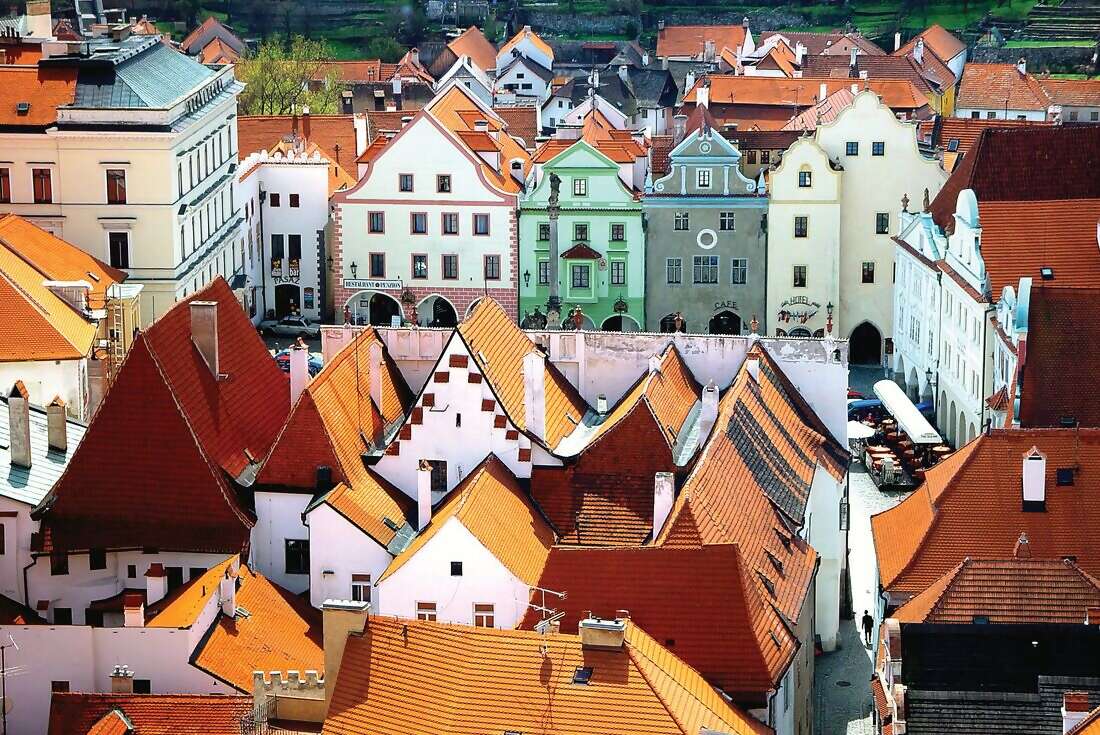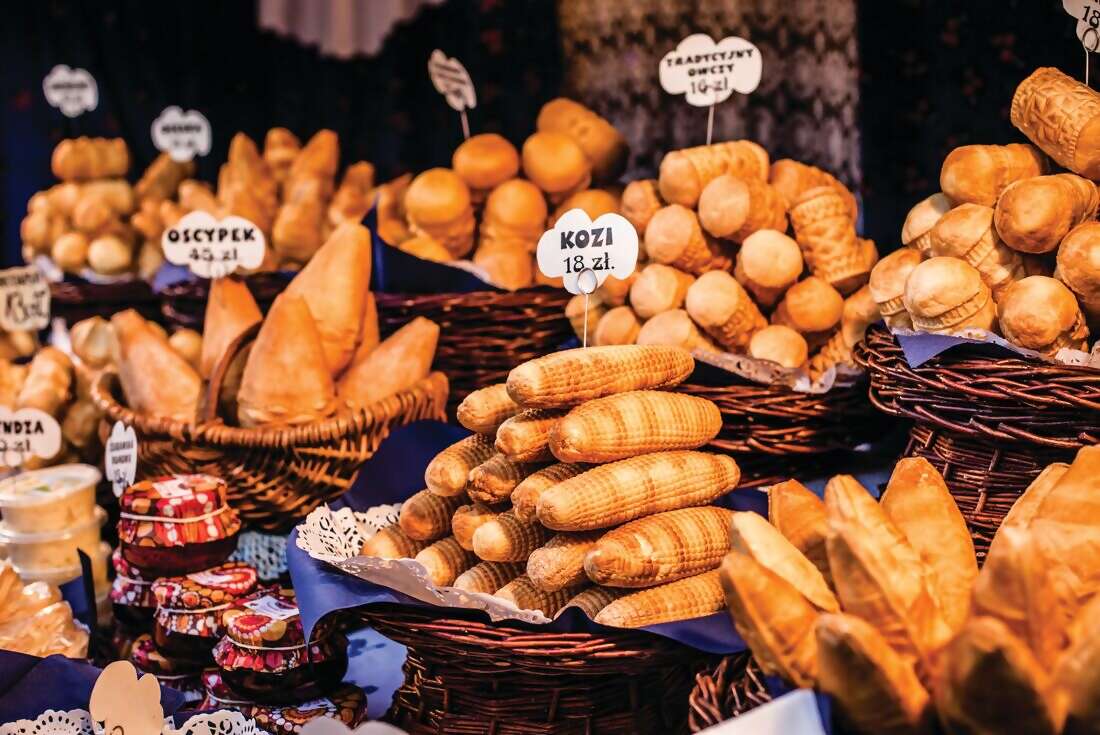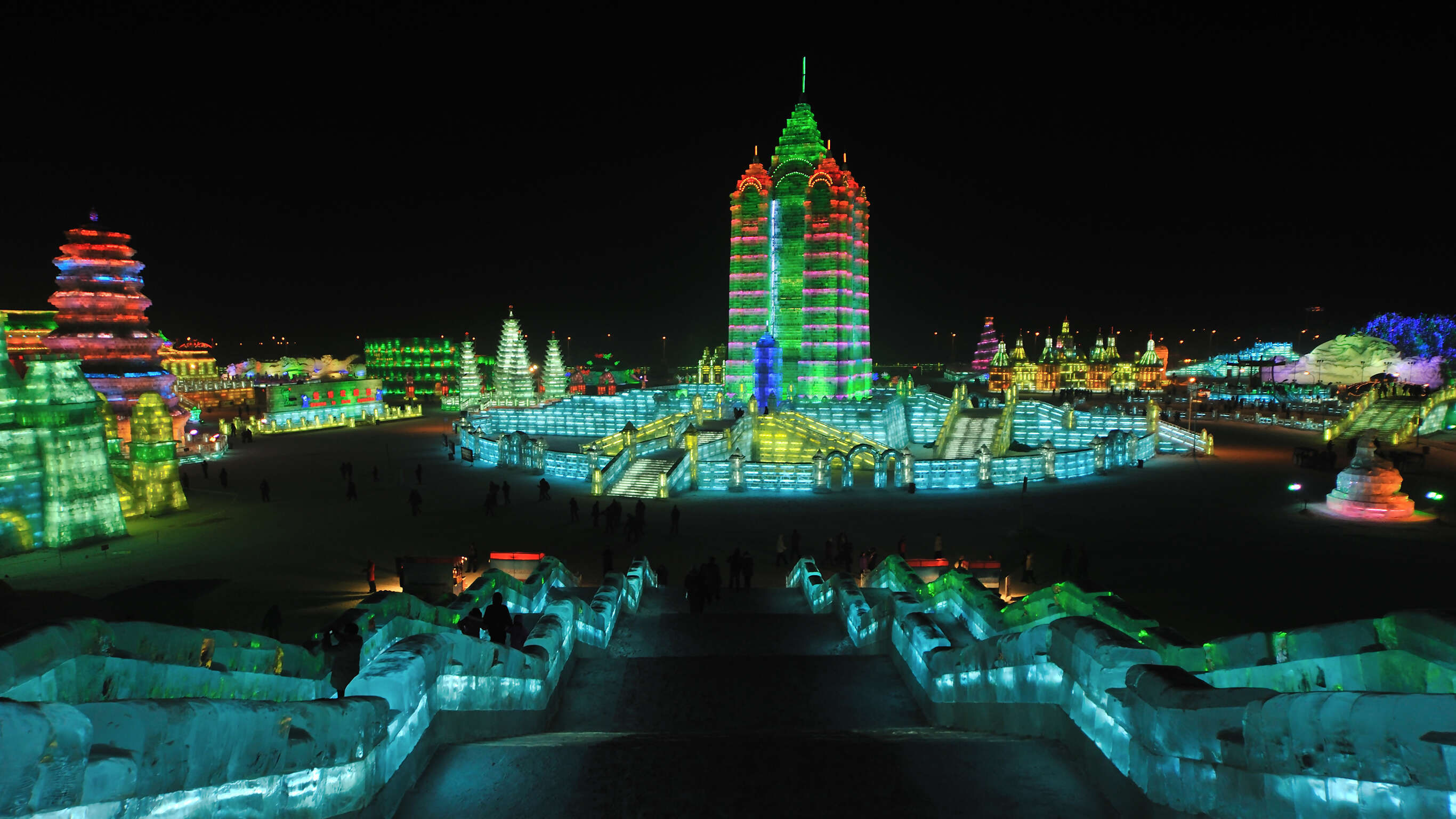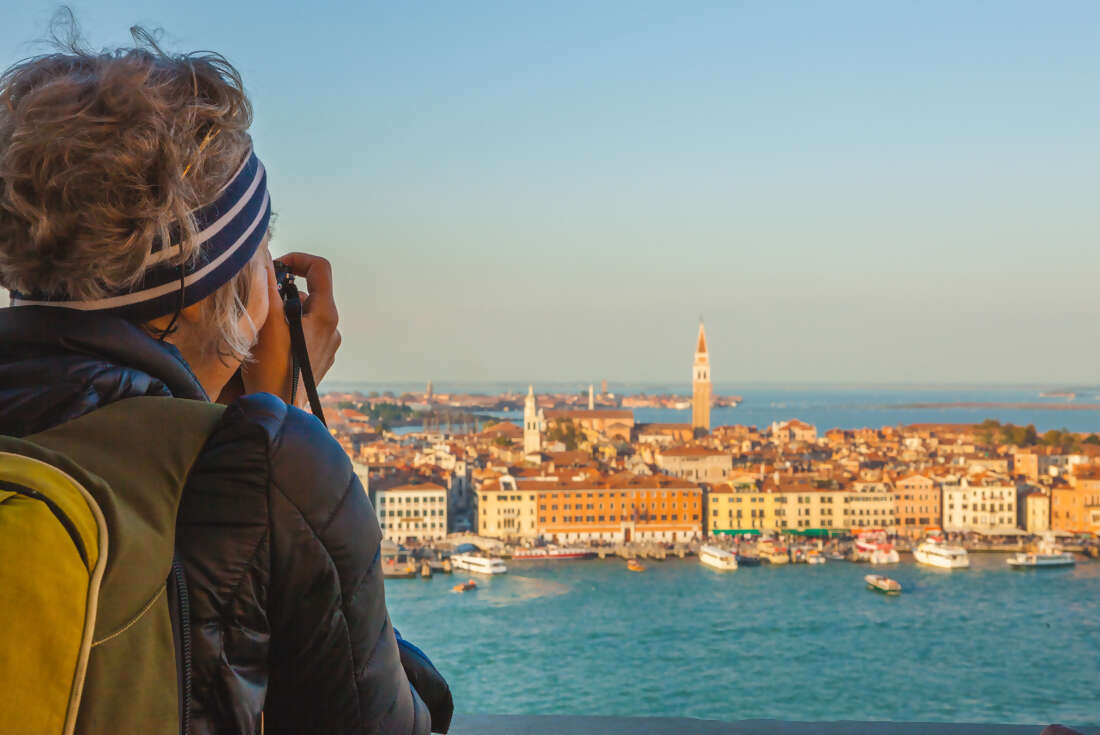 Beginning in Germany and ending in Italy, this tour hits seven countries but doesn’t rush them. See historic landmarks, medieval squares, hilltop castles, romantic canals and make memories that will last a lifetime. Beginning in Europe’s alt-capital Berlin, walk the ‘Royal Route’ in Krakow, soak up the terracotta views of Prague and Cesky Krumlov, be charmed by Lake Bled, and finish up among the canals of Venice. Split your time between uncovering local secrets with your leader and exploring at your own pace. The best part? You’ll be doing it all with like-minded young travellers who want to travel Central Europe the same way you do.
Beginning in Germany and ending in Italy, this tour hits seven countries but doesn’t rush them. See historic landmarks, medieval squares, hilltop castles, romantic canals and make memories that will last a lifetime. Beginning in Europe’s alt-capital Berlin, walk the ‘Royal Route’ in Krakow, soak up the terracotta views of Prague and Cesky Krumlov, be charmed by Lake Bled, and finish up among the canals of Venice. Split your time between uncovering local secrets with your leader and exploring at your own pace. The best part? You’ll be doing it all with like-minded young travellers who want to travel Central Europe the same way you do. Highlights
With two days spent almost each destination, you’ll have time to eat, shop and sightsee at your own pace – not just catch a glimpse from a bus window.
So much of what is great about Europe – art, history, music – can be found in Vienna, but it’s sometimes overlooked by younger travellers. Not on our watch!
Step into the pages of a fairy-tale on the shore of Slovenia’s Lake Bled. See the church on the island in the lake’s centre and treat yourself to a slice of cream cake.
We provide the European local to show you around, a comfortable place to rest your head and a spot on the train (or minivan). The rest is up to you.
Central Europe is all about the narrow alleyways, cobblestone streets and ancient staircases – good thing you’ll be getting around with a tiny, unobtrusive group.








- You will visit the following places:
-

Berlin
-

Krakow
Krakow, a city in southern Poland, is known for its well-preserved medieval core and Jewish quarter. It is the second largest and one of the oldest cities in Poland. It has traditionally been one of the leading centres of Polish academic, cultural, and artistic life and is one of Poland's most important economic hubs. The city has grown from a Stone Age settlement to Poland's second most important city. It began as a hamlet on Wawel Hill and was already being reported as a busy trading centre of Slavonic Europe in 965. With the establishment of new universities and cultural venues at the emergence of the Second Polish Republic in 1918 and throughout the 20th century, Kraków reaffirmed its role as a major national academic and artistic centre.
-

Prague
Prague, is situated on the Vltava River in central Bohemia. It is the capital and largest city of the Czech Republic. The city proper is home to about 1.3 million people, while its metropolitan area is estimated to have a population of over 2.3 million. It has been a political, cultural and economic center of Europe and particularly central Europe for the over 1,100 years of its existence. For centuries, during the Gothic and Renaissance eras, Prague was the permanent seat of two Holy Roman Emperors and thus was also the capital of the Holy Roman Empire. The city played roles in the Protestant Reformation, the Thirty Years' War, and in 20th-century history, both during the two World Wars and during the post-war Communist era.
-

Český Krumlov
Český Krumlov, translated sometimes to Czech Crumlaw, is a small city in the South Bohemian Region of the Czech Republic where Český Krumlov Castle is located. Old Český Krumlov is a UNESCO World Heritage Site[ and was given this status along with the historic Prague castle district. It is an outstanding example of a small central European medieval town whose architectural heritage has remained intact thanks to its peaceful evolution over more than five centuries. The town is also very popular among tourists, who outnumber the local population in the summer.
-

Vienna
-

Budapest
Budapest is the capital of Hungary. As the largest city of Hungary, it serves as the country's principal political, cultural, commercial, industrial, and transportation centre. In 2010, Budapest had 1,721,556 inhabitants, down from its 1980 peak of 2.06 million. The Budapest Commuter Area is home to 3,271,110 people. The city covers an area of 525 square kilometres (202.7 sq mi) within the city limits. Budapest became a single city occupying both banks of the river Danube with a unification on 17 November 1873 of right (west)-bank Buda and Óbuda with left (east)-bank Pest. Budapest is one of Europe's most delightful and enjoyable cities. Due to its scenic setting and its architecture it is nicknamed "Paris of the East".